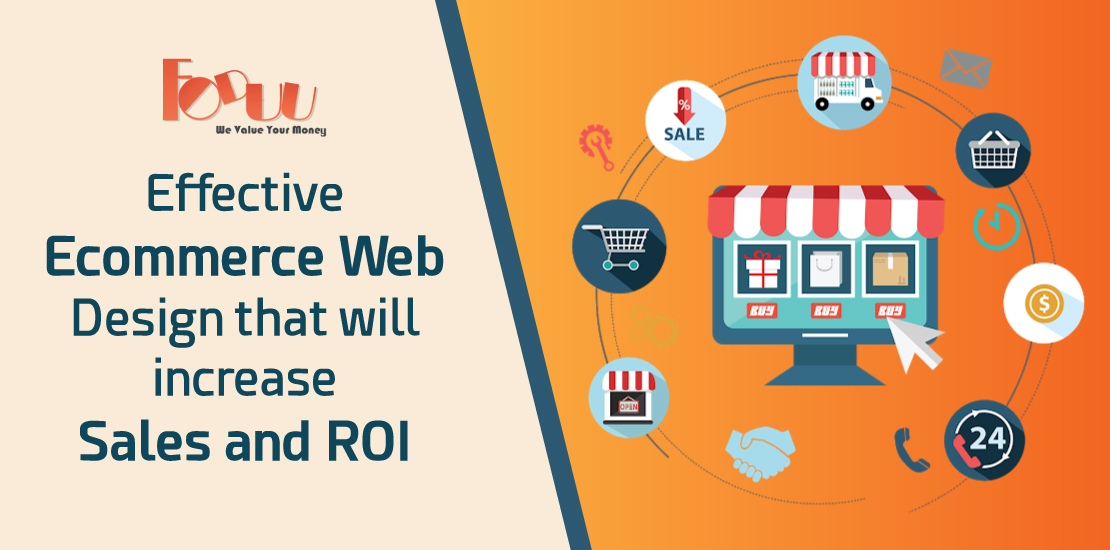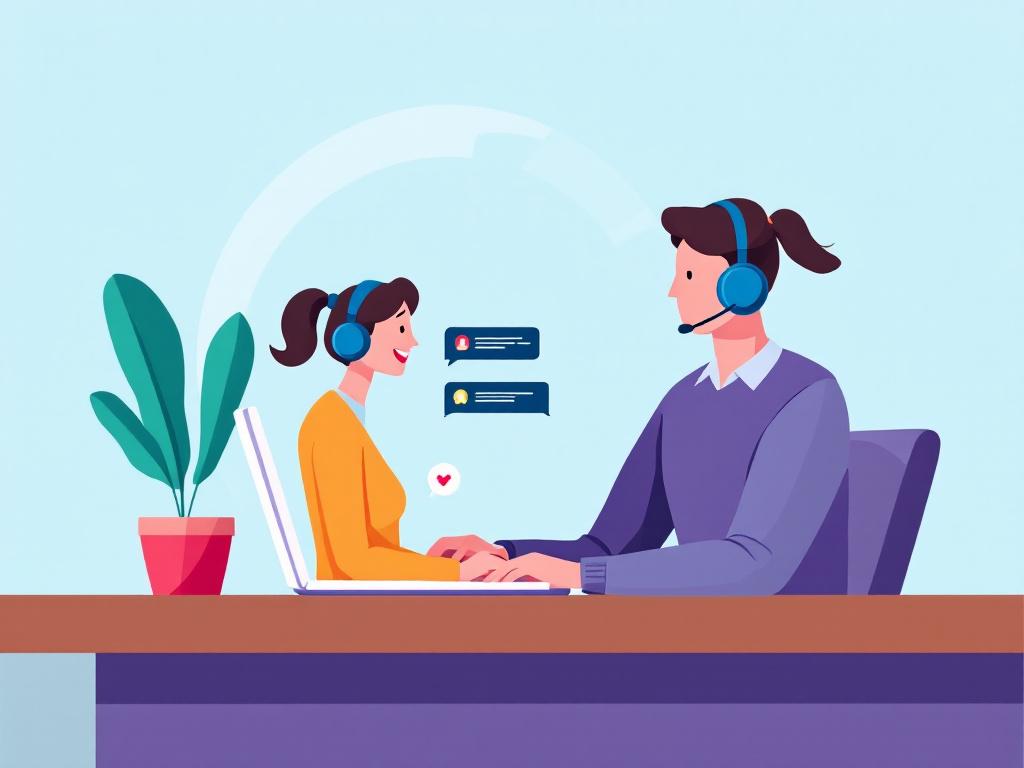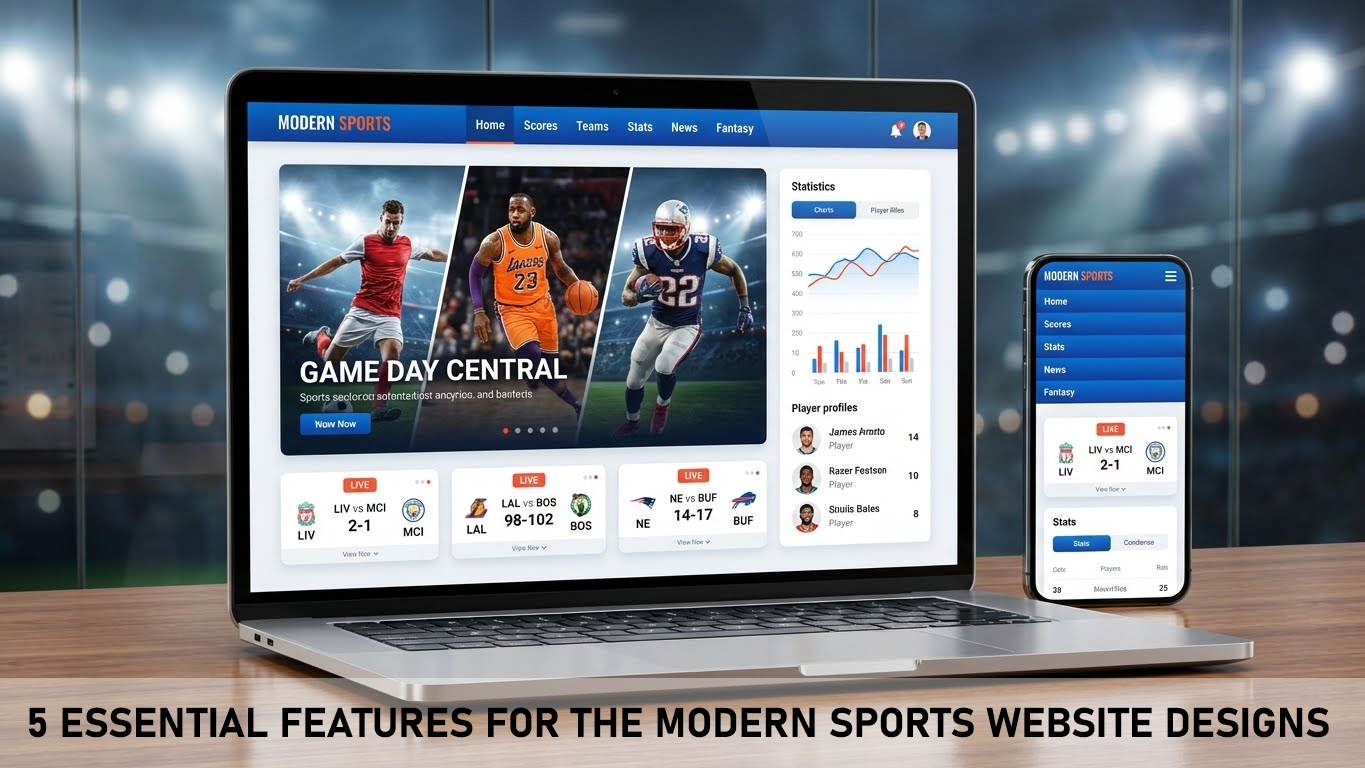The internet was stuffed with ecommerce stores. Lockdown, social distancing and the growing online shopping trends have further escalated the competition in the online markets. Just any common type of ecommerce website design is not enough.
When building an e-commerce website, web design is critical. Good web design for e-commerce is all about using the correct colours , fonts, pictures, words and graphics to attract visitors to make a purchase. The design of your e-commerce website should attract prospective customers, provide excellent user interface and show your shop in the best light. So, your site not only needs to look nice and feel on-brand, but it also needs to push traffic to your website to take action and, you know, purchase your goods. But how do you, exactly, do that? How do you design the sort of website for e-commerce that will have items flying off your virtual shelves?
No matter how good your online ads are, if your online store is not designed for sales, you may be losing important customers. If visitors move off your site the second they get to it, you may also be wasting your valuable ad dollars. So how to create an effective ecommerce website that attracts more and more traffic, shooting up sales and business growth.
Stay Simple
Minimalist websites are consistently rated as more visually appealing and more trustworthy than visually complex websites. If you want to optimise your ecommerce web design for conversions, you should consider simplifying it.
To simplify the design of your ecommerce website, take away any unnecessary information and utilise a minimalistic design theme with plenty of white space. No distracting links, images, or videos and the call to action is clearly defined.
Define your brand
People choose to buy from established brands when it comes to shopping online, not faceless e-commerce sites that look like a front to try to steal your credit card details. Your branding is like your e-commerce company's DNA; it's who you are as a corporation, what you're about, and how you are different from your rivals, and it plays a huge role in building confidence and communication with your customers and driving sales.
Think like your users or website visitors
From product pages, to their respective product photos, to contact forms to the checkout page, each single detail of your ecommerce website design could theoretically contribute to the decision of a user to make a purchase. As far as possible, your storefront can offer the best first impression. User experience is important for turning tourists into clients and turning clients into repeat clients. Check upon your usability, navigational ease, visual appeal, and overall satisfaction.
Good quality photos and scannable content
Depending on the product, you will need to improve your e-commerce web design with high-quality product photos and maybe even video. It is an absolute necessity to have high-resolution images. Any blurriness or pixelation will turn away would-be buyers, thinking it's cheap for your commodity. Consider building photo galleries for each object so that users can click through them to see each product from different angles. When it's worn by a model, clothing is a lot more appealing than being laid flat or on a dummy.
Research shows that most website visitors only read about 20% of the text on any given web page. Separate product descriptions, blog posts, or an “about us” page—into an easy-to-scan format. Brief your content as much as possible. Use bold fonts to catch attention and bullets rather than elongated paragraphs.
Make it mobile responsive
A little over 50 percent of all websites are accessed from mobile devices, and that proportion is only expected to grow as smartphones and tablets become ever more advanced. One of the biggest mistakes you can make is failing to optimise your eCommerce web design for mobile use! In fact , Google sees the value of making mobile-friendly websites so much that Mobilegeddon has launched an algorithm specifically for it.
Easy checkout and payment process
Nothing results in higher cart abandonment rates than a sophisticated checkout process. Request only the knowledge that's absolutely necessary sort of a shipping address, name, and payment information. Moreover, make certain to obviously state your payment gateways and therefore the payment options they will choose between like using mastercard , PayPal, bank transfer, and so on.
Social media links matter in many ways
You may have noticed that the majority popular ecommerce stores have buttons that link bent their social media on their website. Including social icons in your ecommerce web design invites customers to stay in-tuned and encourages more long-term customer/brand relationships.
Having social media links on your website has also been proven to spice up SEO rankings! Just confirm the links open your social media accounts during a new tab since you don’t actually need people leaving your website.
So there you have it! These are a few tips for effective ecommerce web design. Need additional help designing your ecommerce site? Our expert web designers are here to help.




